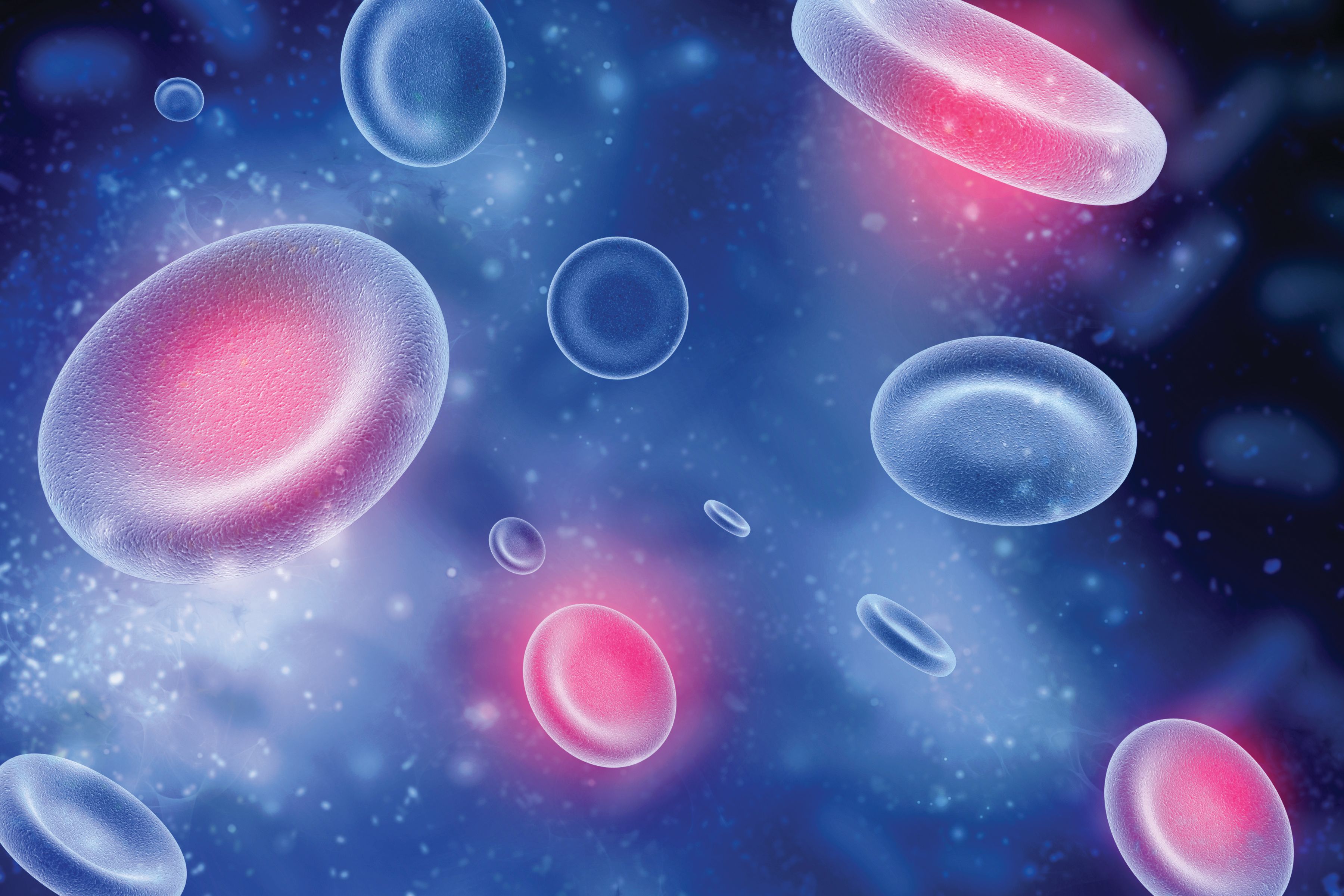Bendamustine/Rituximab Appears Tolerable in Geriatric Mantle Cell Lymphoma
Real-world findings from an observational study indicate that bendamustine plus rituximab appears to be well tolerated by elderly patients with transplant-ineligible mantle cell lymphoma and indolent non-Hodgkin lymphoma.
Bendamustine (Treanda) and rituximab (Rituxan) combination therapy was tolerable and effective among elderly patients with transplant-ineligible mantle cell lymphoma (MCL), according to real-world results from a single-center observational study.
"The results of our study will help healthcare providers to plan more precise therapy with bendamustine and rituximab in elderly patients [with mantle cell lymphoma and indolent non-Hodgkin lymphoma] and allow dose reduction and therapy delays without risk to diminish efficacy," according to the authors of an observational study.

Investigators noted that in the elderly population, there were significantly less patients with follicular lymphoma and more with MCL. This population reflects the current standard of care.
The overall response rate (ORR) was 94.2% among elderly patients and 98.9% among younger patients, which included a complete response (CR) rate of 73.1% and 84.1% in each respective group. Investigators observed the highest CR rate among patients with marginal zone lymphoma (MZL), with 91% of elderly patients and 93% of younger patients achieving a CR.
In the total population, DFS was not reached in either group; elderly patients had a lower DFS rate, although this difference did not reach statistical significance (P = .069). Moreover, DFS was comparable among those with MCL, follicular lymphoma, LPL, and MZL.
Within the elderly group, there was no difference in DFS between patients younger than 80 years compared with those 80 years and older. Additionally, DFS was comparable between elderly and younger patients in the follicular lymphoma, lymphoplasmacytic lymphoma (LPL), and MZL subgroups.
Investigators reported that there were no significant differences in DFS or OS between elderly patients (those older than 70 years) and younger patients (those 70 years or younger).
Investigators of the retrospective, non-randomized observational study assessed the efficacy and safety of first-line bendamustine plus rituximab among patients with MCL and indolent non-Hodgkin lymphoma who were treated from June 2013 to January 2022. All patients received 90 mg/m2 of bendamustine intravenously for 30 to 60 minutes on days 1 and 2 plus 375 mg/m2 of rituximab on day 1 of each 4-week cycle for up to 6 cycles.
Efficacy end points for the study included ORR, DFS, and OS. Investigators used Common Terminology for Adverse Effects (AEs) guidelines to assess AEs and the World Health Organization’s toxicity criteria for treatment-related AEs.
Patients 18 years and older who received more than 1 cycle of bendamustine plus rituximab for histologically confirmed CD20-positive indolent non-Hodgkin lymphoma including grade 1 and 2 follicular lymphoma, MCL, LPL, small lymphocytic lymphoma (SLL), and MZL were included in the study.
Among 201 patients who received bendamustine plus rituximab as first-line chemotherapy, 113 were elderly and 88 were younger. The median patient age at treatment initiation was 77 years (range, 71-94) in the elderly group and 62 years (range, 34-70) in the younger group.
More patients in the elderly group vs the younger population had high-risk follicular lymphoma (65.1% vs 36.2%; P = .004) and high-risk LPL (94.4% vs 66.7%; P = .146). There were also more patients with high-risk MCL in the elderly population (n = 19 vs n = 3; P = .401). Additionally, more elderly patients had an ECOG performance status of 3 (17.7% vs 3.4%; P = .001) and a history of a secondary malignancy (29.2% vs 15.9%; P = .027) compared with younger patients.
Elderly patients had significantly shorter OS compared with younger patients in the total population (HR, 0.24; 95% CI, 0.14-0.42; P <.001). Within the elderly group, OS was longer for patients younger than 80 years compared with those 80 years and older (P = .002). The median OS was not reached for patients younger than 80 years vs 47 months for those 80 years and older, with similar differences reported in the follicular lymphoma (P = .001) and MZL (P = .011) subgroups. There were no differences in OS among those with MCL and LPL.
According to the study investigators, the safety profile of bendamustine plus rituximab was comparable between elderly and younger patients; there were no unexpected AEs that had not been previously reported in elderly patients. Common any-grade AEs observed in the elderly and younger patient groups, respectively included fatigue (44.2% vs 37.5%), nausea (26.5% vs 34.1%), and infections (22.1% vs 27.3%), and rash (22.1% vs 18.2%).
“We found that bendamustine and rituximab can be safely given to old patients, including those [80 years and older], without experiencing unexpected toxicity or increase in [AEs],” the study authors stated. “The results of our study will help healthcare providers to plan more precise therapy with bendamustine and rituximab in elderly patients and allow dose reduction and therapy delays without risk to diminish efficacy.”
Reference
Kotchetkov R, Drennan IR, Susman D, et al. Bendamustine and rituximab is well-tolerated and efficient in the treatment of indolent non-Hodgkin's lymphoma and mantle cell lymphoma in elderly: a single center observational study. Int. J. Cancer. 2022;1-10. doi:10.1002/ijc.34412
Highlighting Insights From the Marginal Zone Lymphoma Workshop
Clinicians outline the significance of the MZL Workshop, where a gathering of international experts in the field discussed updates in the disease state.